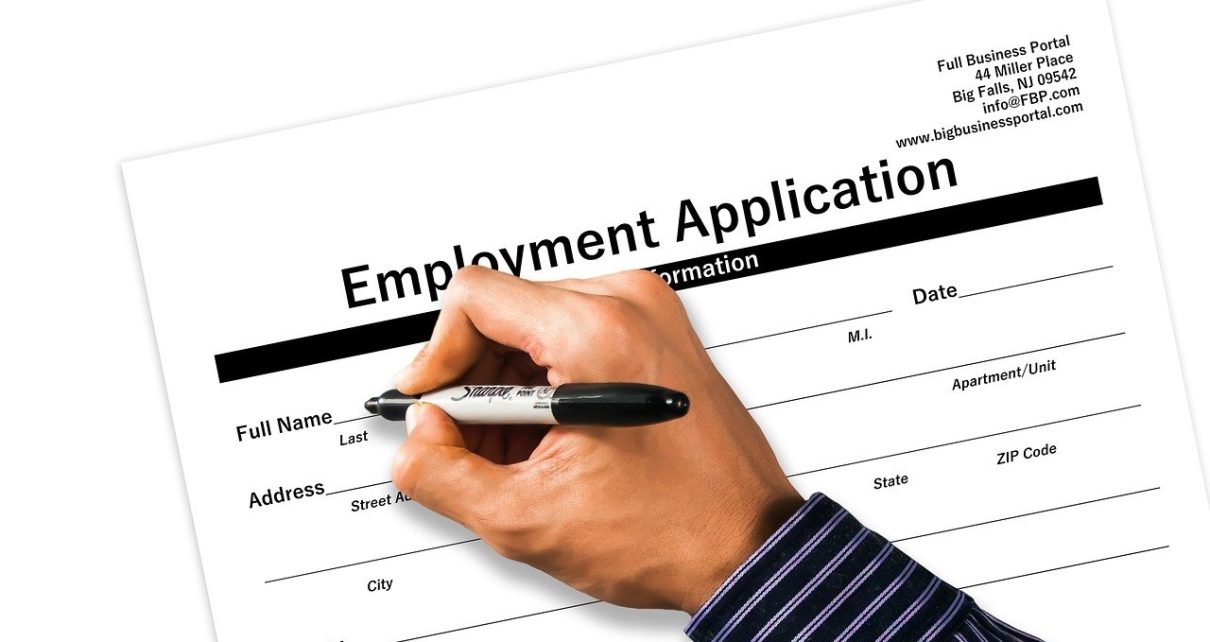Whether you realize it or not, you can build your career at your own pace. In some cases, these may be formalized learning programs. Other times, you might consider finding a mentor or following other team members.
The first step is to assess your current professional skills. Determine which positions or industries are transferable.
Stage 1: Evaluation
At this stage of professional development, individuals must evaluate their interests and skills to determine which career is best suited to them. This process can be intimidating and time-consuming if done alone, but mentors and managers are often valuable resources in this process.
We recommend our Skills Assessment course as a starting point to find out which career you are most interested in and which field is best suited for you.
Before starting work, individuals go through an exploratory career development phase. During this experimental phase, individuals investigate work-related issues and identify work attitudes and general social patterns.
People often have a hard time finding a job that’s a good fit for them, so they may try out different jobs before finding the one that’s right for them.
This often leads to high turnover in an organization. Once employees find their ideal career field, they enter the career development stage. Here they gain expertise in their chosen field and may even undergo additional training to further hone their skills.
The goal of this stage is for each professional to be able to handle all the daily, weekly, and monthly responsibilities associated with their new role without difficulty or stress.
Stage 2: Investigation
During this phase, you begin to consider your job options. This may include researching what jobs are available in the industry you’re interested in and understanding how your skills can be put to use.
Before making any changes to your career, you should conduct an impact analysis. Otherwise, changing jobs without first thinking about what will improve your life can lead to unintended consequences, such as lower wages or the ability to work from home. Or broader steps such as learning new skills to advance in your field.
The startup phase refers to the period when you start looking for and accepting your first job offer. This is where you go through the recruitment process, accept a job offer, and start interacting within the organization.
However, this step can be difficult because mistakes are bound to occur when taking on additional responsibilities. The preparatory stage refers to the stage when you start working in your chosen profession and take steps to advance your career.
This may include further training or participation in additional training programs. Even taking a leadership position can be considered a promotion. Even at this stage, networking with experts over the years can provide valuable advice.
Stage 3: Preparation
At this stage in the career development process, employees need to identify which skills are essential to advancing their chosen career path. If needed, you can acquire these skills through training or self-study. Conversely, you can discuss strategies with your manager to drive growth in your company or industry.
While domain and specialized knowledge remains essential, today’s work environment emphasizes that developing soft skills such as curiosity, resilience, and creativity are equally important to career success.
It happens often. Although these soft skills are more difficult to directly identify or measure, their contributions can make important statements about us as employees.
As an employer, you need to provide your employees with clear opportunities for advancement. Capterra’s recent study on remote work culture found that pay and work environment top the list of factors that influence employee job satisfaction. The second is an opportunity to advance in your role (Gartner clients can access content here).
By offering professional development courses, your employees can focus on the steps they need to take to achieve their goals. This could be learning new skills or certifications that align with his career path, or taking on additional projects outside of his normal scope of work.
Stage 4: Commitment
The commitment stage is a career development stage where you are confident that you know exactly what you want to do. Sometimes people realize what they have always wanted, but are unable to pursue it due to various obstacles. Now is a good time to consider flexible options for a harmonious work-life balance.
Once you’ve completed a comprehensive assessment and considered various career paths before choosing your desired field, you can start preparing by studying the qualifications and experience you need and developing your professional skills. This may include networking and creating a professional presence, including social media sites. Like LinkedIn.
commitment phase. Employees at this stage are satisfied with their career choice and are willing to remain in their current job for decades without trying to exceed their previous performance level or reach their previous year’s level of excellence.
You may choose. At this point, you often act like an elder to younger employees and enjoy receiving their respect in return. This stage ultimately leads to retirement.
Stage 5: Retention
During this stage, employees begin to get used to their new roles. You have achieved all the goals you set during the assessment stage and feel ready to take on further responsibilities and challenges.
At this stage, employees may still be unsure of their role and wondering if they have what it takes to advance in their career. Professional development provides opportunities to explore other career paths and specializations. Following someone in another department or enrolling in an online course to develop your skills can be useful solutions.
Capterra’s 2022 Remote Work Culture Study shows that employees rank job satisfaction first and career development second, but if your company doesn’t offer enough opportunities for career advancement, Only 30% of respondents agreed that they are (complete data provided to customers).
Employers who want to retain their employees should offer more training and development opportunities and encourage them to regularly reassess their goals by seeking feedback from managers and co-workers. The ideal way to accomplish this is to implement a 360-degree feedback system and schedule meetings that focus on performance and collaboration.
Stage 6: Migration
A transition period refers to a period in which an individual actively seeks to advance in his or her field of expertise. For example, taking on a difficult project or taking on a leadership role at work. At this point, you need to build relationships that will support you on your professional development journey.
Once an individual has completed a thorough assessment, researched job openings, and prepared for their chosen career, the next step is commitment. This step in career development allows individuals to have a clear picture of their plans and desired progress.
Commitment can be an uncomfortable step for employees as it takes time for them to get used to and feel at home in their new career choice. However, if employees remain engaged, they can find success and fulfillment at work by improving their skills, fostering relationships with colleagues, and continuing to take advantage of educational opportunities designed to support their current roles. You can experience the feeling.
diploma
Professional development is a continuous cycle that spans your entire professional life. This includes assessment, exploration, preparation, and deployment. Many employees return to each stage multiple times throughout their careers.
At this stage, employees gain insights about themselves: their strengths and weaknesses, interests, values, and desired outcomes in their professional lives. Additionally, this exercise will help you set goals for yourself that are challenging yet achievable.
The career preparation phase is the phase in which employees develop basic job skills and begin to understand the requirements of their job. At this point, the employee begins taking on more responsibilities and leading team members.
Employees who reach this stage and are promoted to higher stages are known as climbers. Unfortunately, some employees fail to achieve this level of success and their careers stagnate or decline.


